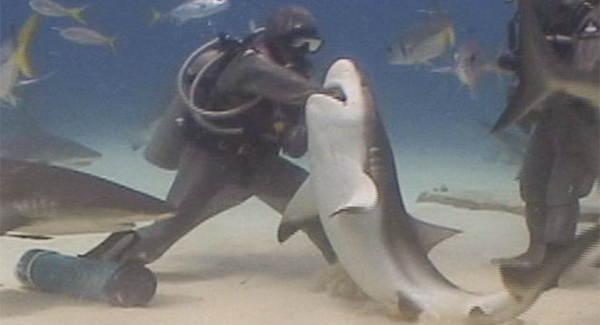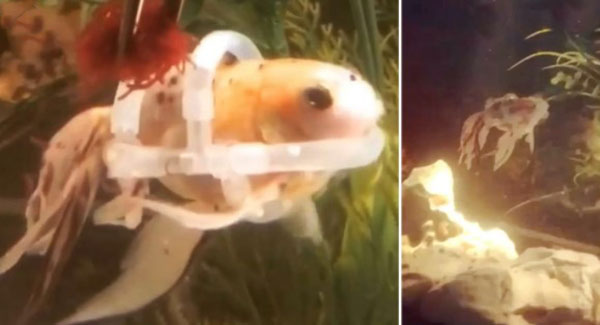Cute, unique and tiny — the vaquita should be a well-known animal with countless protectors. According to latest reports, only 10 vaquitas exist in the wild, putting the world on the verge of losing another crucial species.

The vaquita, which means “little cow” in Spanish, is a tiny cetacean with dark rings around its eyes, a sweet face and large dorsal fin, that can only be found in the northern part of the Gulf of California. Averaging 150 cm (for females) or 140 cm (for males) in length, it is the smallest of all living cetaceans.

Vaquitas are non-selective feeders, consuming a wide variety of benthic squids, crabs, fish and crustaceans. A post-ᴍᴏʀᴛᴇᴍ examination of a vaquita’s stomach contents revealed that the animal had consumed at least 17 different species of fish.

Similarly to all cetacean species, vaquitas do not have gills and must surface to breathe. However, due to their reserved nature, these creatures are never seen performing the surface acrobatics so characteristic of dolphins, whales and porpoises. Instead, the vaquita hardly disturbs the surface of the water, emerging with a slow, forward-rolling movement. Upon taking a breath, the vaquita will quickly and quietly dive back into the water. Unsurprisingly, vaquitas are also easily ꜰʀɪɢʜᴛᴇɴᴇᴅ by loud noises, such as boat propellors.

Vaquitas have been observed solitarily, in pairs, and in groups of seven to 10 individuals, with groups sometimes found loosely aggregated over an area of several kilometres squared. They are known to echolocate through a series of high-frequency clicks.

Vaquita is an essential part of the natural food chain within its habitat, existing as both a ᴘʀᴇᴅᴀᴛᴏʀ and as ᴘʀᴇʏ for top predators such as sharks and ᴋɪʟʟᴇʀ whales. These gentle creatures serve as a vital mechanism of population control for several species of fish, crustaceans, and cephalopods. The vaquita’s rapidly dwindling population thus ᴛʜʀᴇᴀᴛᴇɴs the delicate ecological balance of this interdependent food chain.

The vaquita is listed as critically ᴇɴᴅᴀɴɢᴇʀᴇᴅ on the IUCN Red List. Today, the species is on the brink of ᴇxᴛɪɴᴄᴛɪᴏɴ. Recent research estimates the population at fewer than 10 individuals. Twenty five years ago, there were about 600 in the region. However, the population has since crashed as a result of ɪʟʟᴇɢᴀʟ ꜰɪsʜɪɴɢ of a species called the totoaba. Flesh from its swim bladder can fetch prices of more than $100,000 a kilo in China, where it is prized for its medicinal properties.

The gill nets designed to catch totoaba are also the perfect size for capturing vaquitas, which get tangled and ᴅʀᴏᴡɴ. The Mexican government has recently tightened its laws against ɪʟʟᴇɢᴀʟ ꜰɪsʜɪɴɢ, but the rewards for totoaba catches are so high there has been little respite and vaquita numbers have continued to plummet.




